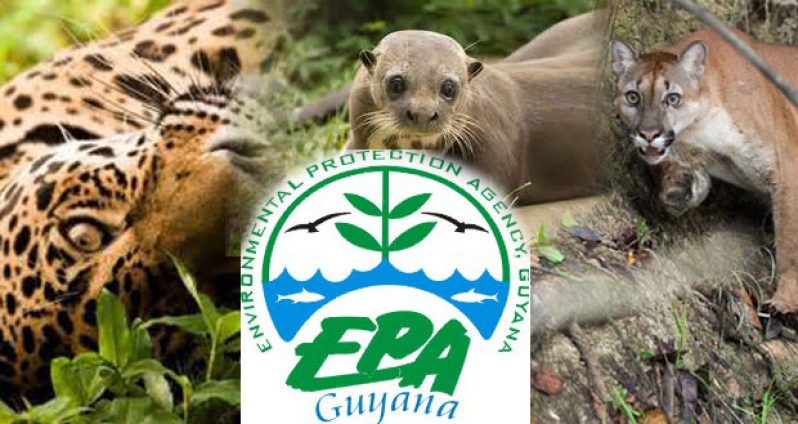In order to understand what Community-based Tourism is all about, we must first have an idea of what constitutes a community.
First, a community implies a group of people living together in an area. Communities also generally have some collective responsibility for taking care of the resources within the area where they are located. Further, communities have the ability to make decisions through representative bodies.
Now add tourism to this mix and you will see that Community-based Tourism is simply using what is already there, “the community”, as a marketable product to benefit and improve the overall lives and standard of living of all people living there.
Similar to nature and eco tourism, community-based tourism is a low-impact form of tourism, which recognises and incorporates the pillars of sustainable development, social, economic and environment. Community-based tourism markets the intrinsic or built-in value of the environment and its people as its main product, rather than the value that visitors and other people might give to it.
In most instances, the principle of sustainable development is applied to community-based tourism since the product itself being offered is not just the community. Local habitats and wildlife, are included in the products which also celebrates and respects traditional cultures, rituals and wisdom of the people.
How does community-based tourism work?
Santa Mission
Take the Santa Mission Village for example, a small Amerindian Village on the banks of the Pokerero Creek, which promotes community-based tourism in Guyana. At this Amerindian Reservation, visitors can enjoy and indulge in fishing, bird watching, Caiman spotting, canoeing, swimming in the black-water creek and wandering around in the village’s craft shops. Revenue generated from this industry is then used to enhance the community and the lives of its people living in that community. This type of tourism offers employment for the people of the Reservation which will encourage villagers to stay within the community and prevent a drain in tradition and customs. This will also allow for traditional traits to be passed down to the younger generation.
The Santa Mission Amerindian Reservation is just the tip of the iceberg for visitors who are looking to experience this type of tourism, whether for research or relaxation and pleasure.
Konashen
The Surama Eco-Lodge and Konashen Community owned conservation are places located in the hidden jewel Guyana. Konashen Community is Guyana’s first Community Owned Conservation Area (C.O.C.A.) and is now the largest community owned protected area in the country which is managed exclusively by an indigenous group. This effectively brings more than one million acres of rainforest under sustainable management while ensuring the continued development of the Wai Wai people and their traditional way of life. The conservation of this key part of the Guiana Shield corridor also allows for the preservation of the home of several important species such as the Harpy Eagle, the Jaguar, and the Giant River Otter just to name a few.
Surama
Just like Konashen, Surama is a small Amerindian community of the Makushi people living in the north Rupununi in Region # 9. Surrounded by forest, hills and the Pakariama mountain range, the life of the people is in the art and understanding of how to live with nature. Caraaha Landing experience, mountain and river experience are just some of the breathtaking adventure Surama has to offer.
When it comes to tourism in Guyana, both locals and overseas visitors have so much to do and see. Experience the rich green carpet, clusters of forest and thatch homes set on gentle slopes looking over racing lush Savannahs. So regardless of which community you plan to visit for your next vacation in Guyana, the warmth of the people and their culture will forever resonate in your mind and hearts.
Community-based tourism is not confined to the hinterland community, examine your own community and its potential, enhance its unique features and develop a plan to share it with the rest of the world.
You can share your ideas and questions by sending letters to: ‘Our Earth, Our Environment’, C/O EIT Division, Environmental Protection Agency, Ganges Street, Sophia, GEORGETOWN, or email us at eit.epaguyana@gmail.com





.jpg)








